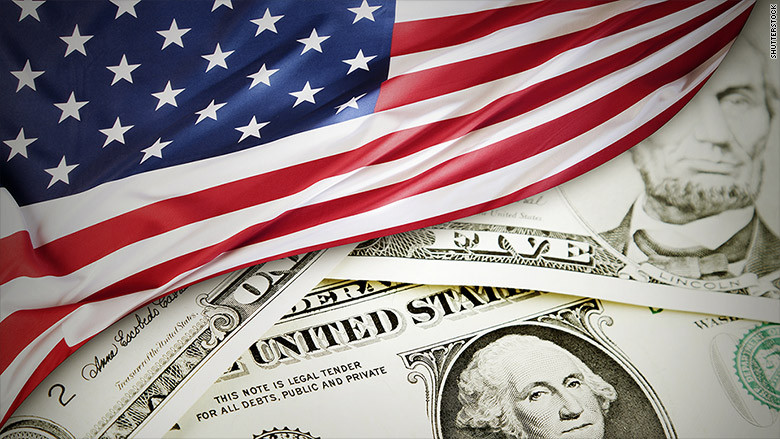
US: Economic growth slowed less than expected in the second quarter, and consumer spending eased the decline in exports. In general, the data ease concerns about the state of the leading world economy. However, a rather optimistic report of the US Department of Commerce will not stop the Fed rate cut, given the growing economic risks, especially from the trade war between the US and China. Despite higher than expected GDP figures, business investment declined for the first time in more than three years, and housing for the sixth consecutive quarter. The head of the Fed Jerome Powell earlier this month called investment in business and housing weak spots in the economy. But high consumer spending and a strong labor market will not reduce the rate of 50 basis points at once and may raise doubts about a further easing of monetary policy this year.
The government reported that GDP grew by 2.1% year-on-year in the second quarter. The GDP report showed weaker inflation growth in the last quarter, although the trend remains favorable. The inflation indicator monitored by the Fed rose by 1.8% last quarter, slightly below the US Central Bank's target of 2%. Inflation rose by 1.5% compared to the second quarter of 2018. After the data, the dollar continued to rise against a basket of major currencies, while US Treasury bond prices fell, as did US stock index futures. Consumer spending, which accounts for more than two-thirds of US economic activity, grew by 4.3% in the second quarter, the best result since the fourth quarter of 2017. The increase in spending is supported by the lowest unemployment rate in the last 50 years.





















